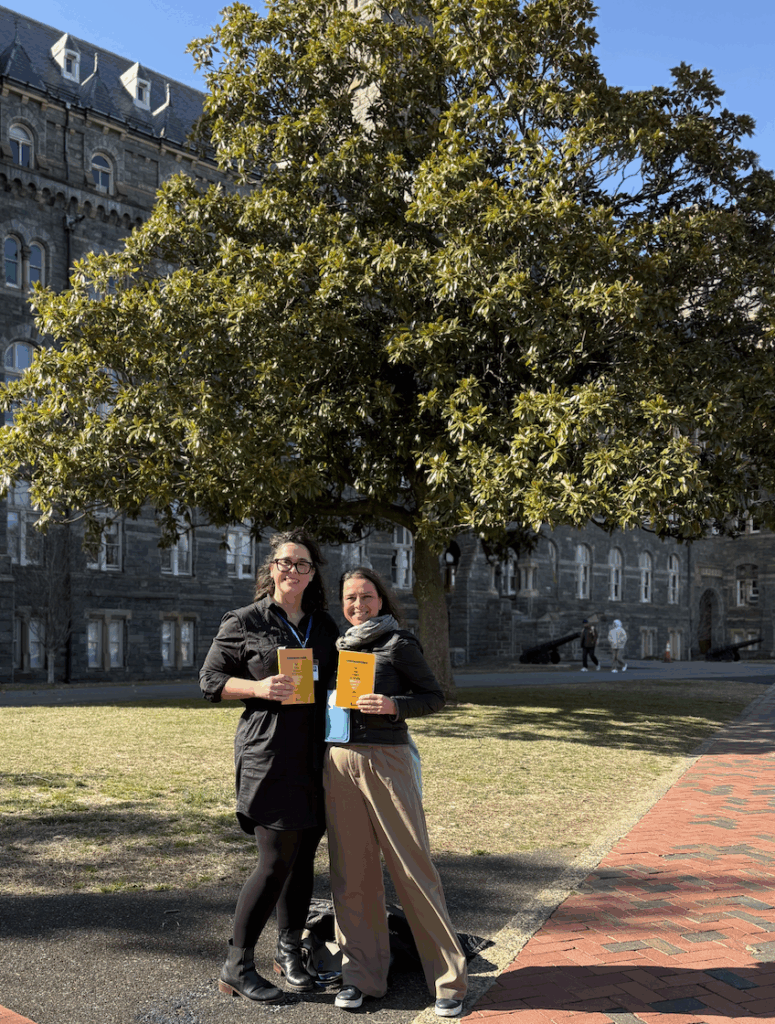Food Studies en español y #TetuánFoodie en la Universidad de Georgetown (Washington D.C.) - Thefoodiestudies
Las editoras de Food Studies en español, Yanet Acosta y Rebecca Ingram, presentaron en la Universidad de Georgetown en Washington D.C. este libro colectivo que reúne una muestra del trabajo de investigación en estudios críticos culturales en gastronomía sobre España de un lado y otro del Atlántico. El libro, co-edición con la Universidad Rey Juan […]| Thefoodiestudies


